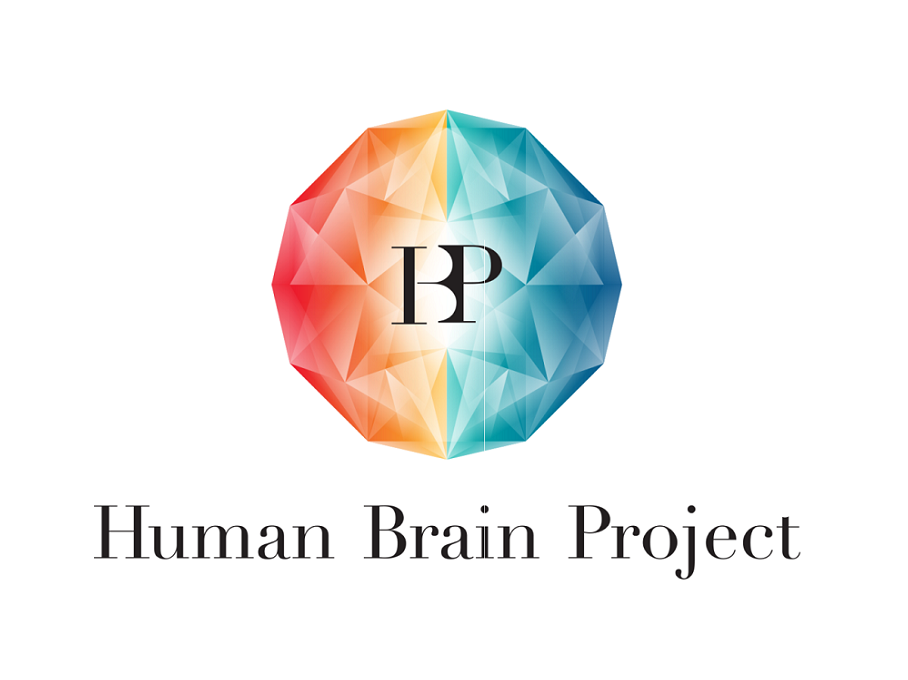1st HPAC Platform Training Event

Fecha: 11/Dec/2018 Time: 09:30 - 12/Dec/2018 Time: 13:00
Target group: Scientists and developers from inside and outside the Human Brain Project interested in using the HPAC Platform resources and tools of the High Performance Analytics and Computing Platform (more information: https://www.humanbrainproject.eu/en/hbp-platforms/hpac-platform/)
Cost: There is no registration fee. The attendees would need to cover the expenses for travel, accommodation and meals.
Primary tabs
To access the content of the presentations clik on the title of the sessions.
December, 11th
| Time slot | Topic | Instructor |
|---|---|---|
| 9:00h - 9:15h | Welcome and registration | |
| 9:15h - 10:15h |
Which tools and services do the HPAC Platform (and Fenix) offer? SP7, the High Performance Analytics and Computing (HPAC) Platform of the HBP offers a number of services to neuroscience users, including scalable and interactive compute resources (made available via the Interactive Computing e-Infrastructure, aka ICEI, allocations) data storage and transfer services, continuous integration and software deployment services, and platform integration services. This session will give an overview of these various services including concrete examples. Subsequent sessions that follow will serve to elaborate further on the details of their use. |
Alberto Madonna and Tim Robinson
(CSCS)
|
| 10:15h - 10:30h |
The computing and storage resources integrated in the Fenix infrastructure, which is the back-bone of the High Performance Analytics and Computing Platform, are operated by five supercomputing centres in France, Germany, Italy, Spain and Switzerland. All of these resources are available to the national and European research communities. This talk will give an overview of the different options how scientists get can an allocation on an HPC system and how to get access to other the Fenix resources.
|
Anna Lührs (JSC) |
| 10:30h - 10:45h | Introduction to PRACE training
PRACE, the Partnership for Advanced Computing in Europe, has the mission to enable high-impact scientific discovery to enhance European competitiveness for the benefit of society, by offering world class computing resources and complementary services. This includes the coordination of training and education activities in High-Performance Computing through the six PRACE Advanced Training Centres (PATC) established in Finland, France, Germany, Italy, Spain, and United Kingdom. PATC courses share a centralised academic curriculum that ranges from beginner to advanced levels, from general usage of HPC systems to training in domain-specific applications. PATCs courses are funded by the PRACE Implementation Phase projects, and are free of charge for both academic and industrial users. |
Oriol Pineda (BSC) |
| 10:45h - 11:15h | Coffee break | |
| 11:15h - 13:15h | Using the HPAC supercomputers from the Collaboratory
In this session, users will learn how to access the supercomputers in the HPAC platform from Jupyter notebooks in the HBP Collaboratory. The session covers the basics of the REST APIs that allow for discovering the available supercomputers, learning about access rights, creating and submitting simple jobs and parallel jobs, listing files and uploading/downloading data. Users will learn how to create and run workflows, in which the applications run on systems at different sites, and how to deploy their own application or service and make it available to HBP researchers. |
Bernd Schuller (JSC) + Cristian Morales and Jorge Rodríguez (BSC) |
| 13:15h - 14:15h | Lunch break | |
| 14:15h - 15:15h | Transferring large data between sites
Perform large data transfer within the HPB HPAC Platform using the UFTP Protocol. |
Cristiano Padrin and Michele Carpené (CINECA) |
| 15:15h - 17:15h |
NEST is a simulator for spiking neural network models that focuses on the dynamics, size and structure of neural systems rather than on the |
Alex Peyser and Jochen Eppler (JSC)
|
| 17:15h | Adjourn | |
December, 12th
| Time slot | Topic | Instructor |
|---|---|---|
| 9:00h - 11:00h |
Arbor is a performance portable library for simulation of large networks of multi-compartment neurons on high-performance computing systems. We will introduce Arbor and show recent results of performance benchmarks. Hands-on-training in using Arbor's python front-end will |
Alex Peyser and Anne Küsters (JSC)
|
| 11:00h -11:30h | Coffee break | |
| 11:30 - 13:30h | Visualization Tools for Neural Network Simulations
Interactive visual analysis tools become more and more an integral part of various data analysis processes in Neuroscience. These tools are used for the exploration of small, medium or large data sets, to make neuroscientific phenomena visible for teaching and education, or for communication purposes in regard of presenting research results to the scientific community in form of publications or to the public. This session will present a broad overview of what visualizations is capable of, how visualization can be used and how the right tool can be found for a specific research question. By means of a case study, we will present the potential of web-based visualization tools and their potential use for the analysis of NEST data. |
Benjamin Weyers (RWTH) |
| 13:30h | End Of Course | |

